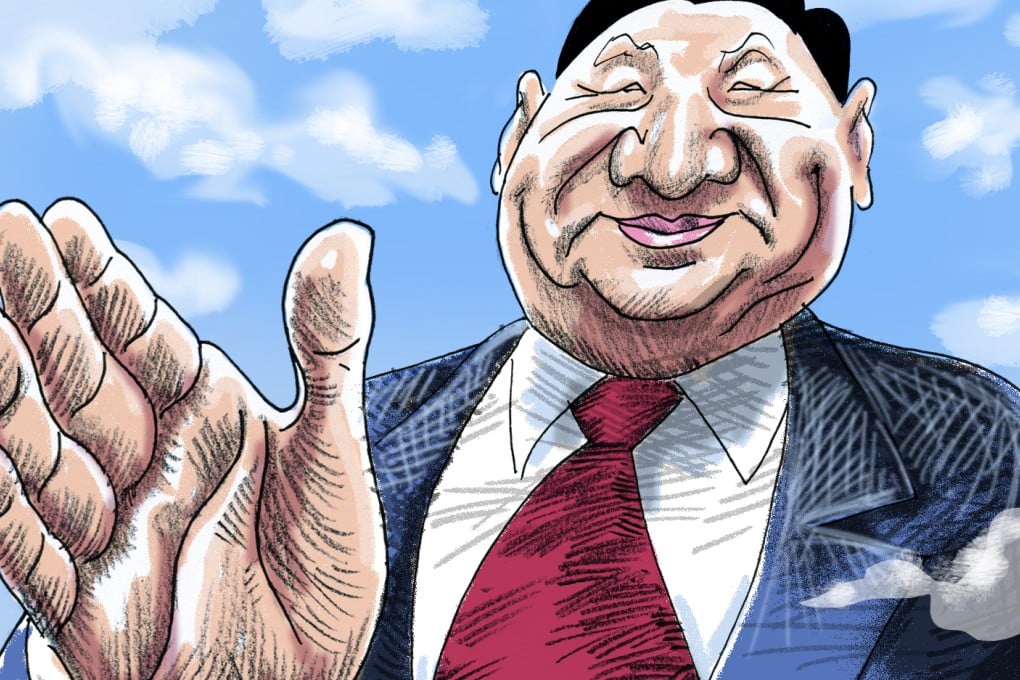Ahead of key Apec and Asean meetings, China’s attempts to soften its image have only limited success
Yang Razali Kassim says under Xi Jinping, the country comes across as a welcome partner in prosperity at times. Yet, for many, it remains a giant to fear


Beijing is now softening its image to defuse tension and resistance, even as it controversially asserts itself on key strategic issues
In his attempt to thaw Beijing’s relations with Taipei, Xi signalled that he is prepared to take untrodden paths, through mutual accommodation, at a time when Beijing is realising that its rapid rise has generated widespread unease in the region. Beijing is now softening its image to defuse tension and resistance, even as it controversially asserts itself on key strategic issues, the latest of which is its territorial claims in the South China Sea.
On the broader canvas, what Southeast Asia is witnessing is a new China, one that is more assertive and employing a three-pronged strategy of diplomacy, growing economic might and military muscle. All the major global platforms are being exploited, from the United Nations to regional forums – even initiating new ones, such as the Xiangshan Forum to rival the Singapore-based Shangri-La Dialogue. The priority, for now, is clearly Beijing’s Asia-Pacific neighbourhood, which will be the epicentre of the 21st-century world.
It is against this backdrop that we should view China’s latest diplomatic foray into Southeast Asia, beginning with his recent visit to Vietnam and then to Singapore, ahead of this week’s crucial regional summits – the Asia-Pacific Economic Cooperation forum in Manila and the East Asia Summit in Kuala Lumpur – where China will be the player to watch.
READ MORE: Chinese President Xi Jinping’s recent visits to Southeast Asia have set the right tone for fruitful ties with Asean
China’s latest strategic push appears to have two related objectives. The first is to counter what Beijing sees as a developing containment strategy by the United States, which most in the region see as provoked by Beijing’s controversial territorial claims in the South China Sea. Most alarming is Beijing’s building of artificial islands on reefs in disputed waters. The second, broader objective is to expand China’s political, diplomatic and economic space through its “One Belt, One Road” initiative, which forms part of the country’s attempt to rebalance a US-dominated world order.

In Xi’s major diplomatic engagement at the Apec summit this week, the battle will be to reorder the global international trading and economic system. A key issue is the tussle between the US-led Trans Pacific Partnership (TPP) and its rival, the China-dominated Regional Comprehensive Economic Partnership.
The thing to watch is whether Xi will reposition RCEP as a complement, rather than a competitor, to the TPP, so that Apec’s ultimate goal of an Asia-Pacific free trade area can be realised. It is a sign of the times that Apec’s long-standing objective of creating the Asia-Pacific’s largest free trade area has been co-opted by China – once a free-trade laggard - as its own vision when Beijing hosted the Apec summit last year.